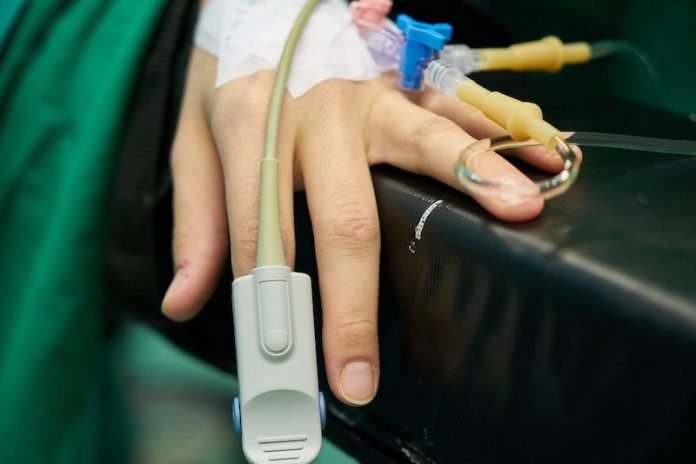
Even before the pandemic, older Americans had concerns about seeking emergency care because of the costs they might face, the amount of time they might spend in the waiting room and the worry that they might end up hospitalized.
But the risk of catching the novel coronavirus in the emergency department and developing COVID-19 added to those worries, according to a national poll of people ages 50 to 80 taken in June.
About 86% of those polled cited risk of COVID-19 as something they’d take into account when deciding whether to seek emergency care, compared with 91% who mentioned wait times, 79% who said they worried about what they’d have to pay and 77% who were concerned about hospitalization.
Such concerns may be affecting many older Americans; the poll finds that nearly one in four adults in their 50s and early 60s, and one in three in their late 60s up to age 80, have been to an emergency department in the last two years.
Those who say they’re in fair or poor physical or mental health were almost twice as likely to have been to an ED.
Examining the poll’s full findings could help hospitals and health providers improve the way they advise older adults on seeking emergency care, treat them once they arrive at the ED, and help them with follow up care, say the University of Michigan emergency physicians who worked on the poll.
The poll receives support from AARP and Michigan Medicine, U-M’s academic medical center, and draws from the answers of a national sample of more than 2,000 adults aged 50 to 80.
Cost concerns were more common among those in their pre-Medicare years of 50 to 64, with nearly half of this group saying they were very concerned compared with just over a third of those aged 65 to 80.
In fact, 7% of poll respondents said that in the past two years, worries about cost had kept them from going to the ED when they thought they needed to go.
The percentage was higher among women and those in the younger age group, as well as those with lower incomes and worse self-reported health.
And 26% of the people in the younger age group who had visited an emergency department in the last two years said they had received a larger-than-expected bill for their care.
And more than a third of people with incomes under $30,000 and a quarter of those with incomes between $30,000 and $59,999 said they were not confident they could afford the out-of-pocket costs of an ED visit.
The poll also looks at the role of other types of health care providers in older adults’ decisions to seek emergency care.
In fact, 13% of those who said they had been to an ED in the past two years reported they went because they couldn’t get a timely primary care or specialty appointment.
More than 60% of those polled said they would consult their existing health care provider, most often their primary care provider, before going to an emergency department.
More than 70% of the older adults who had had an emergency visit in the last two years had gone home from the ED, rather than being admitted to the hospital.
Few respondents reported issues with getting the follow up primary care and prescriptions recommended by their emergency department care team, but one-third said they had trouble getting follow up tests and specialty care, and three-quarters said they didn’t get the recommended in-home care services.
The poll’s contributors include Keith Kocher, M.D., associate professor of emergency medicine at U-M.
The National Poll on Healthy Aging results are based on responses from a nationally representative sample of 2,074 adults aged 50 to 80 who answered a wide range of questions online.
Written by Kara Gavin.



